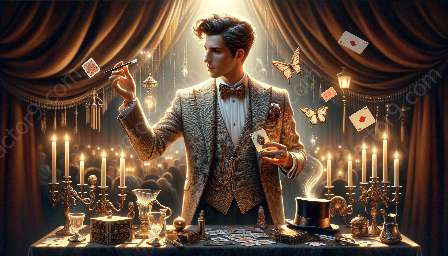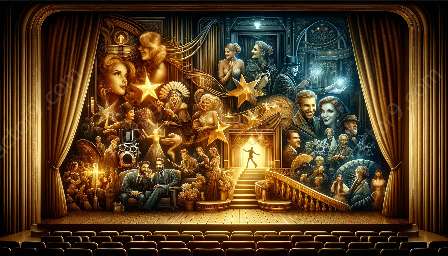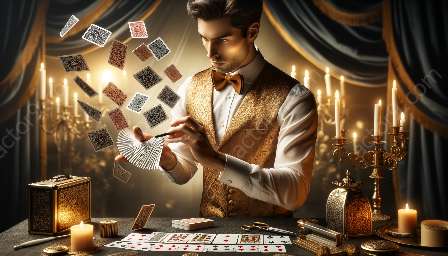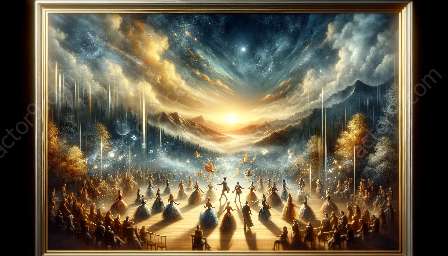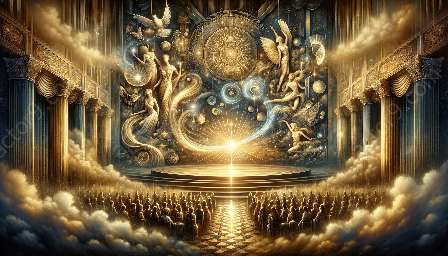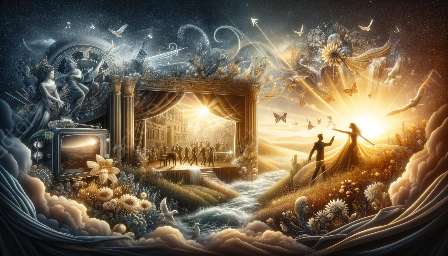Close-up magic is an intimate and mesmerizing form of entertainment that draws upon psychological principles to captivate and deceive the audience. From misdirection to perceptual manipulation, let's explore the intricate techniques that make close-up magic a spellbinding display of illusion.
1. Misdirection and Attentional Focus
Misdirection is a fundamental principle in close-up magic that exploits the limitations of human attention. Magicians skillfully divert the audience's attention away from the secret actions or objects through the manipulation of focus and attention. By directing the audience's gaze, gestures, or verbal cues, magicians create the perfect opportunity to execute their sleight of hand without detection.
2. Cognitive Bias and Perception
Magicians leverage cognitive biases and perceptual illusions to create astonishing effects. Our brains are wired to make quick assumptions and fill in missing information to create a coherent narrative. Magicians exploit these tendencies by presenting partial or misleading information to induce false assumptions, leading to the creation of compelling and deceptive illusions.
3. Psychological Suggestion and Influence
The power of suggestion is a potent tool in a magician's arsenal. Magicians use language, tone, and non-verbal cues to influence the audience's thoughts, emotions, and decisions. Through subtle but persuasive communication, magicians guide the audience's perceptions and beliefs, contributing to the success of their illusions.
4. Emotional Engagement and Suspense
Close-up magic thrives on evoking emotional responses and building suspense. Magicians strategically manipulate the audience's emotions, leading to heightened anticipation and wonder. By crafting a compelling narrative and engaging the audience's emotions, magicians amplify the impact of their illusions, making them unforgettable experiences.
5. Memory and False Recall
Our memory is susceptible to manipulation, and magicians exploit this vulnerability to create illusions that defy logical explanations. Through the deliberate introduction of false memories or selective recall, magicians confound the audience's perception of reality, leaving them in awe of the seemingly impossible feats they have witnessed.
Conclusion
The art of close-up magic utilizes an intricate understanding of psychological principles to create astonishing illusions that transfix and confound audiences. By leveraging misdirection, cognitive biases, psychological suggestion, emotional engagement, and memory manipulation, magicians craft a captivating and immersive experience that transcends the boundaries of reality. Understanding the psychological underpinnings of close-up magic not only enhances the appreciation of this art form but also provides insights into the fascinating interplay between perception, cognition, and deception.


